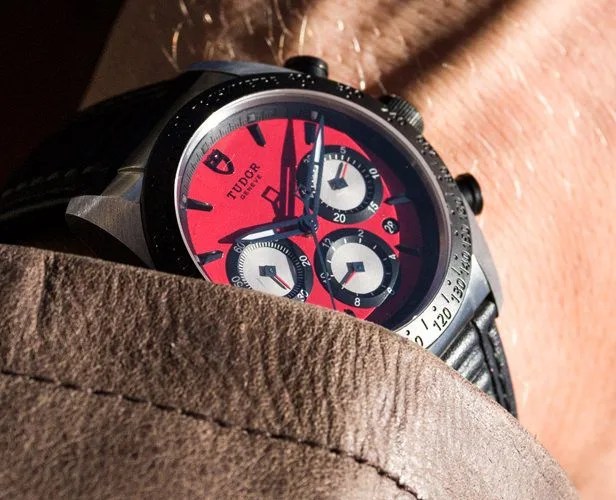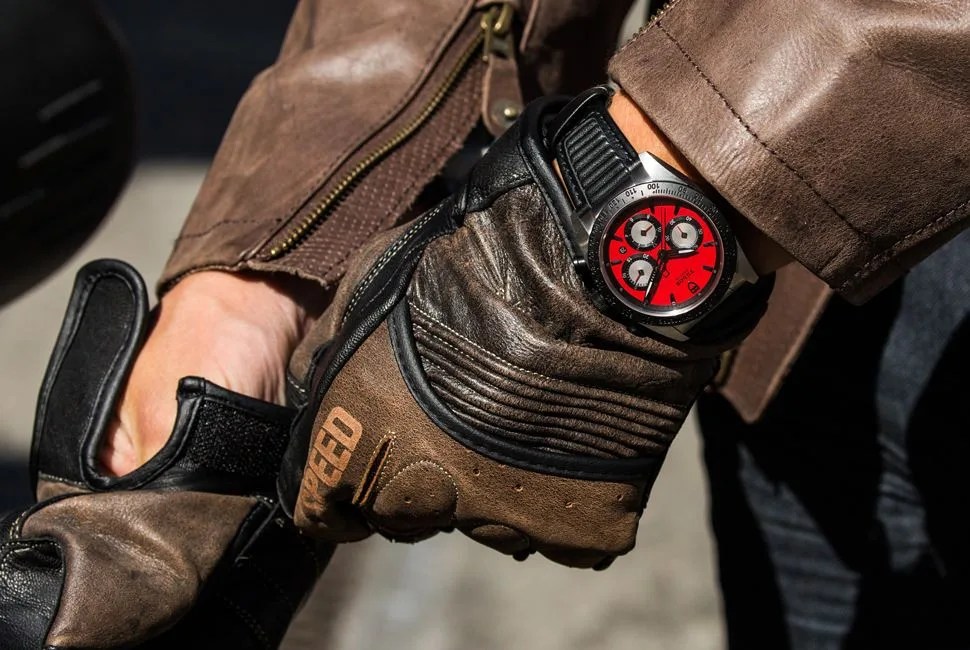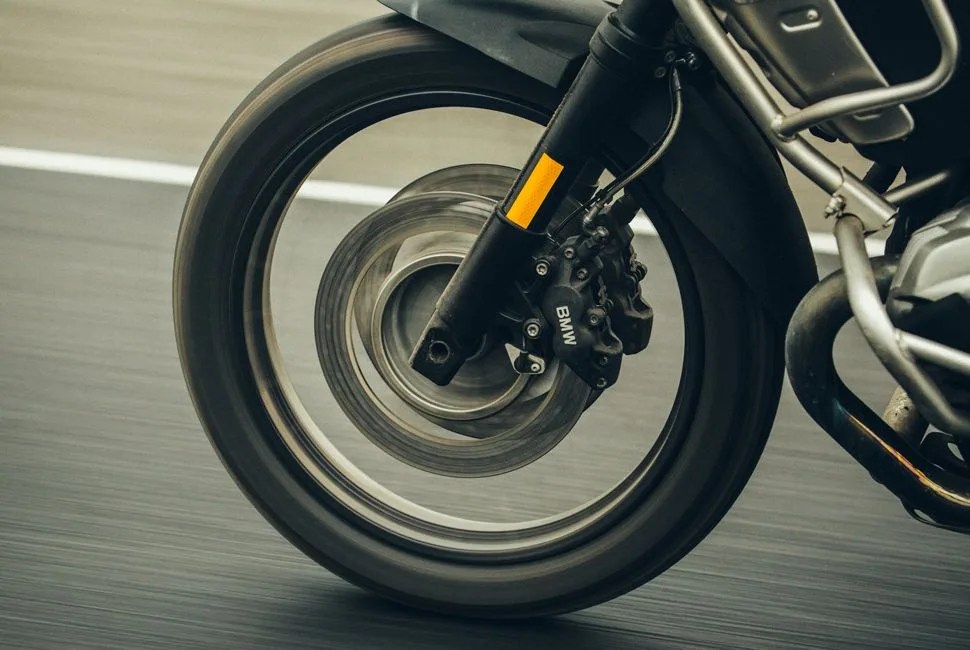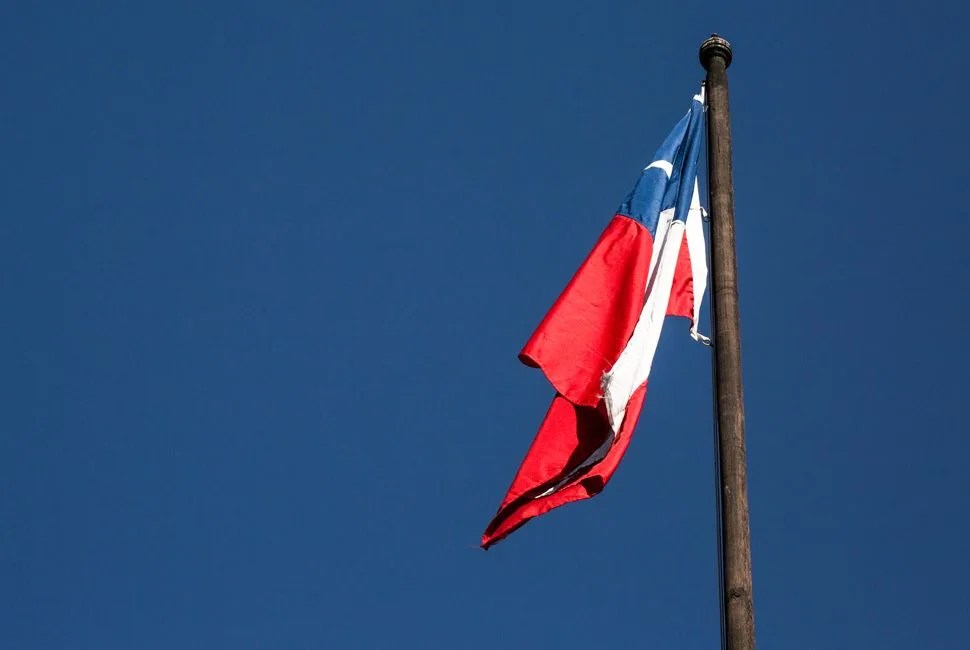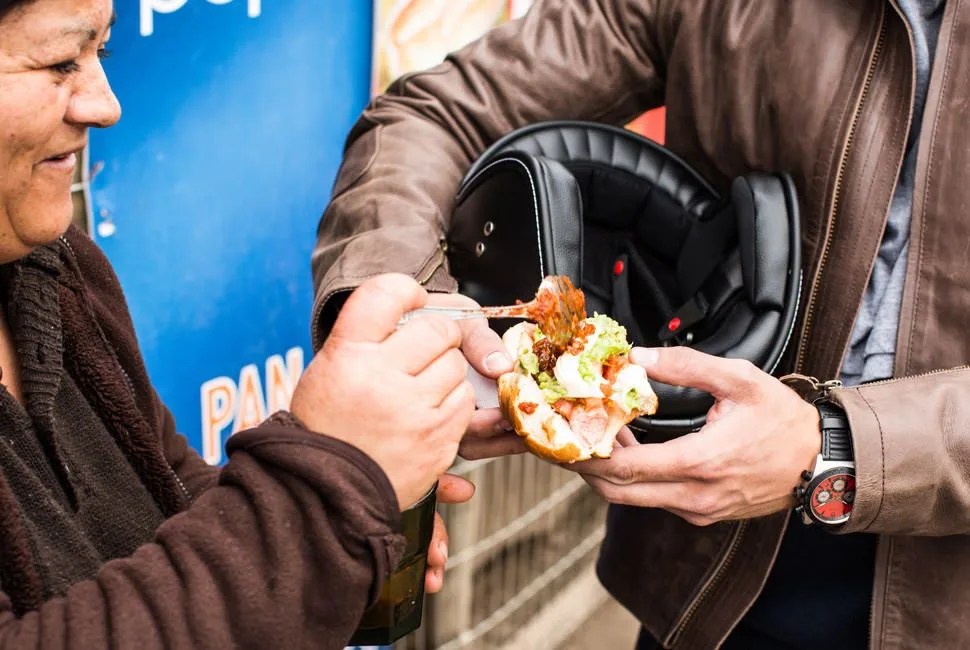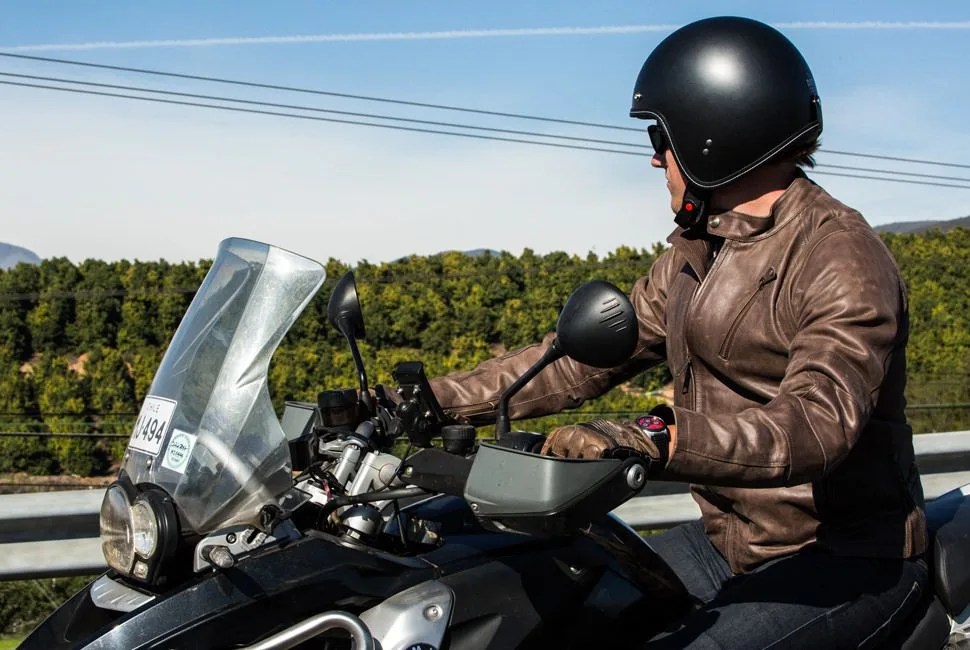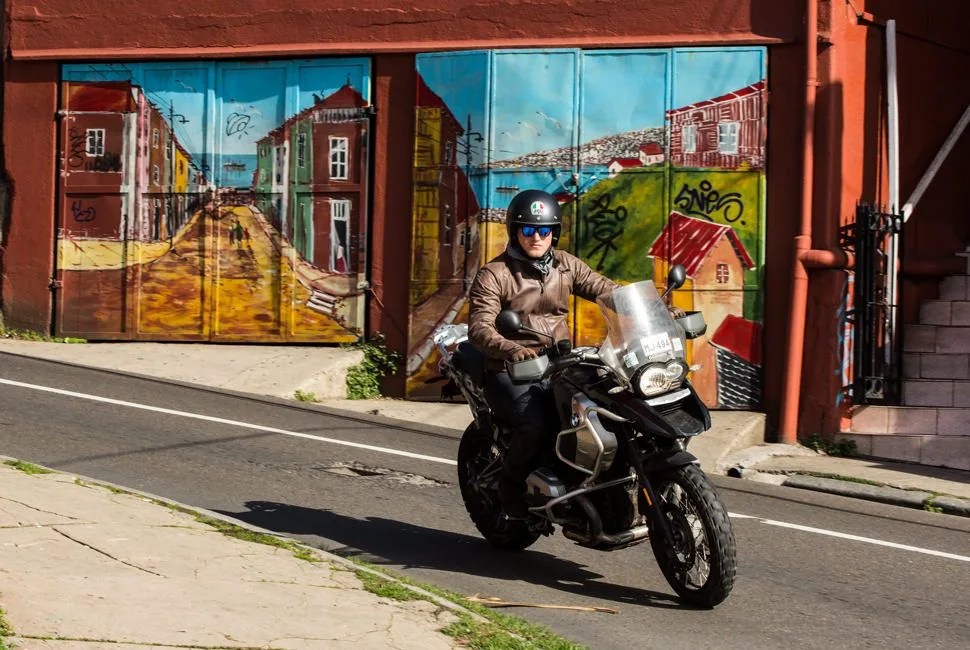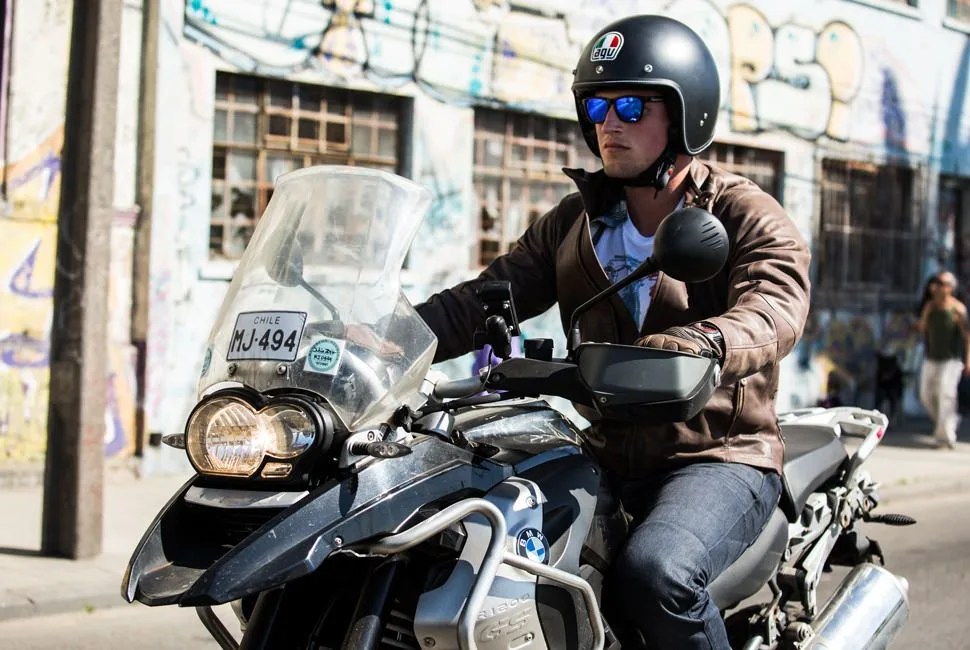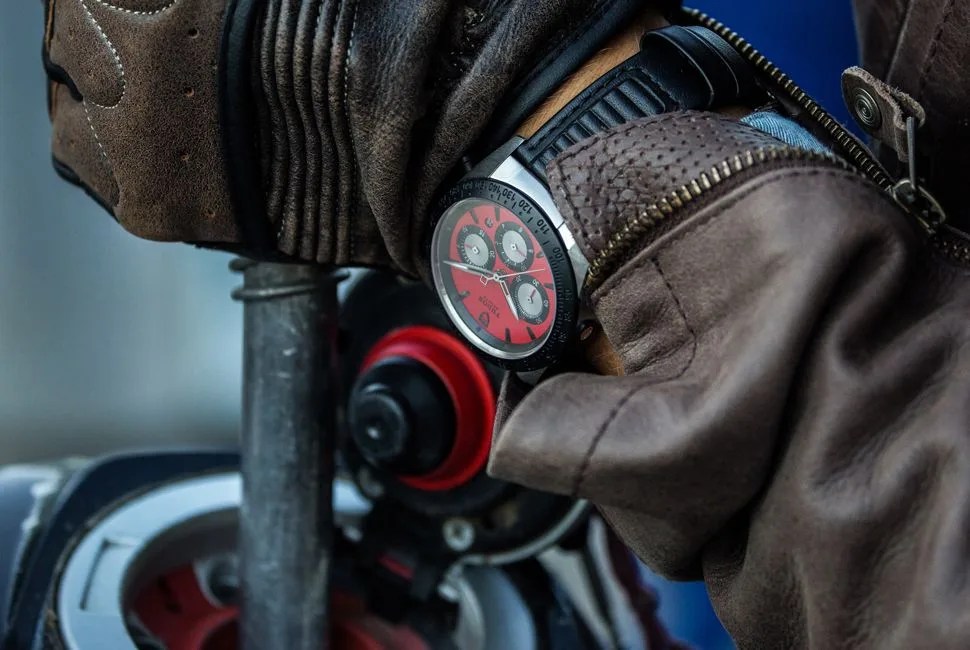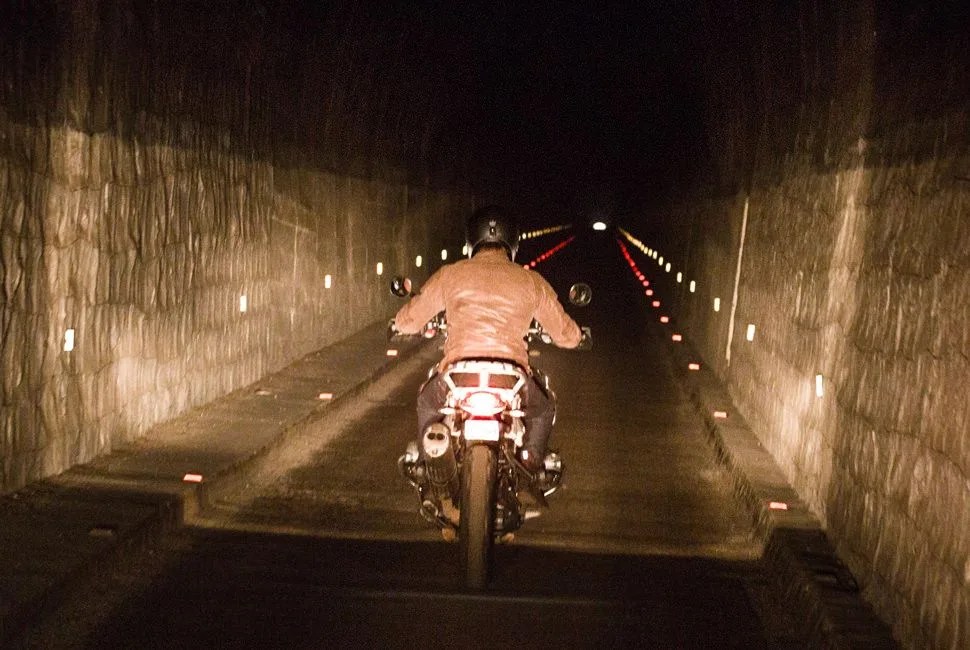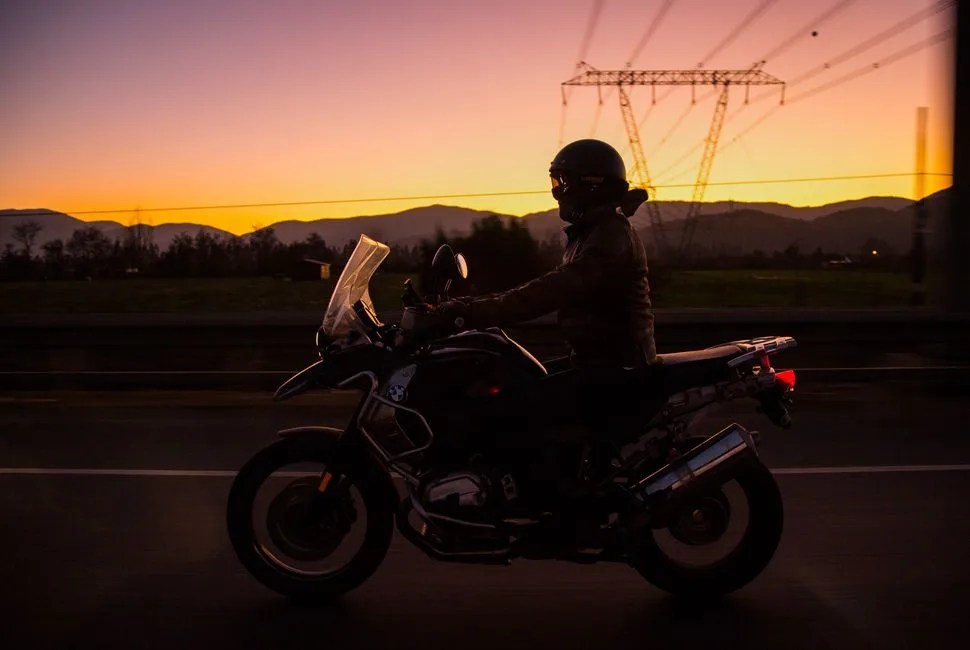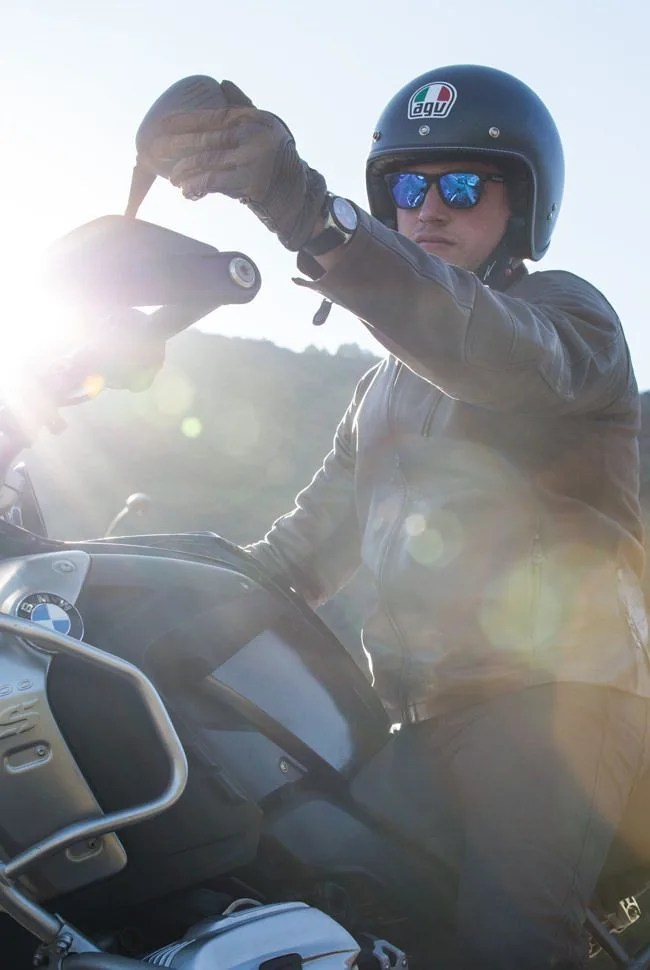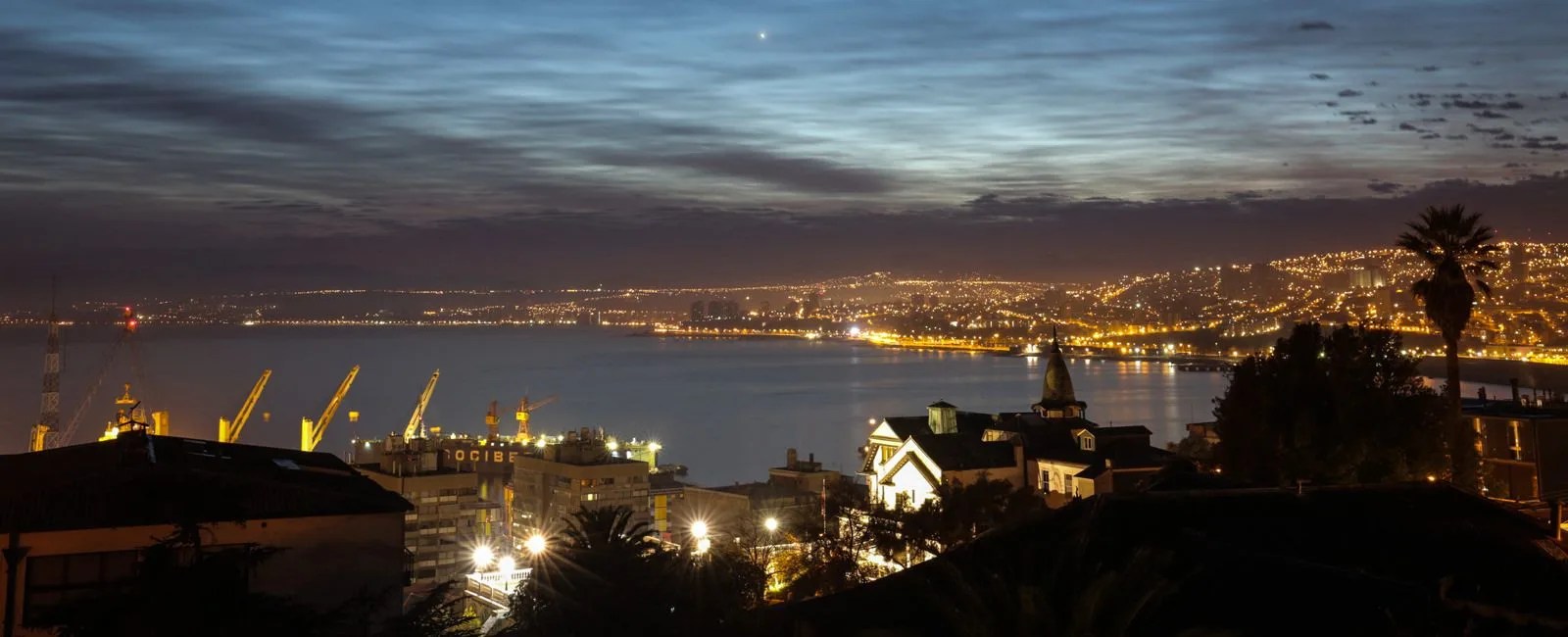
A certain romance accompanies motorcycling through the countryside. You’re on a bike, not in a car. You’re embraced by the elements, not secluded from them. It’s a seductive sensory experience that any well-seasoned rider remembers well. For this adventure, beginning in Santiago, Chile, the first elements I encountered were not the placid, idyllic ones a rider hopes to find when hopping in the saddle. Santiago is notorious for cut throat traffic, difficult lane splitting and city smog. This is my start point on a four-day trans-Chile ride, where I will cross the undulating Central Valley, wind through vast Chilean vineyards, head over the Cordillera de la Costa mountains, stop in the vivid port city of Valparaiso, then head North again and circle back into Santiago. Novels, photos and films have made this region of Chile famous, and the best way to see it is on two wheels. But first, I need to make it out of this city.
There’s a house in the northeast outskirts of Santiago that’s surrounded by a seven foot stone wall and a large cast iron gate. Denmark’s flag hangs from the second floor window. The bike I’m to take back and forth across Chile was somewhere on the other side of the gate. I ring the bell on the fortress’s front door and a short Chilean in a tattered graphic tee, backwards trucker hat and oil stained hands cracks the iron mass slightly ajar. “Si?” he asks. With a slight inflection, I tell him I’m here to pick up a motorcycle. “Uno momento,” he retorts. A few seconds later a wiry Danish expat, comes out and invites me into the garage. This is Mick Høy. The bike is a BMW GS 1200 — a bike with a reputation for being bullet proof, but it’s evident this rental’s seen some hard South American miles. Høy asks what route I’m taking, and I give him a quick run down, then ask if there are any good roads along our route. He takes a drag of his cigarette, exhales, and with a thick Danish accent says, “Oh yea, many good roads.” He grabs a map, leads me outside, flicks his cigarette, lights up another, and points out some must-ride roads along my route.
16 photos
Leaving Santiago with my two compatriot colleagues in a lead car, we head south across the city. Santiago’s rumored early morning rough embrace holds up: careless drivers blindly double-lane change, overcast skies threaten rain, and an alpine breeze hurles from the Andes to the east. To top it off, just as I make it past Santiago city limits, I notice the rear brake has a disconcerting amount of travel. As I take an exit ramp off the highway, a yellow warning light starts flashing. I pull over to take a look, only to see the right side of the rear tire looking like a piece of brake fluid spin art. I brought tools along, but not ones capable of fixing a brake line leak I can’t see. I weigh my options: turn back and waste the day, or ride on, taking it easier on any right hand sweepers. I flip the kickstand up and head on through the Central Valley.
An Essential Motorcycle Adventure Companion
